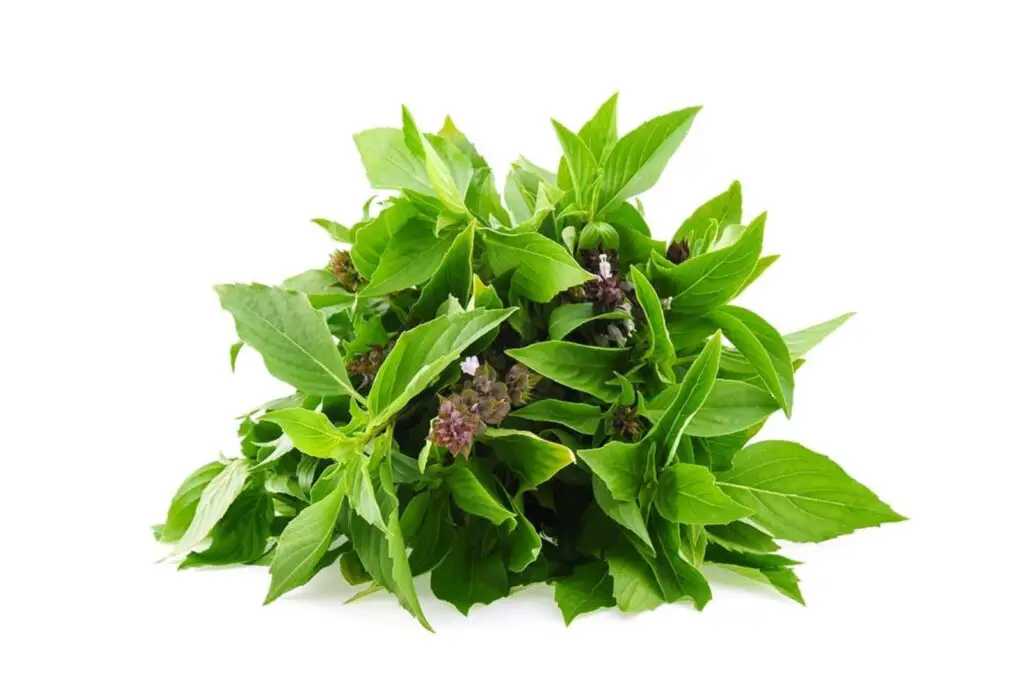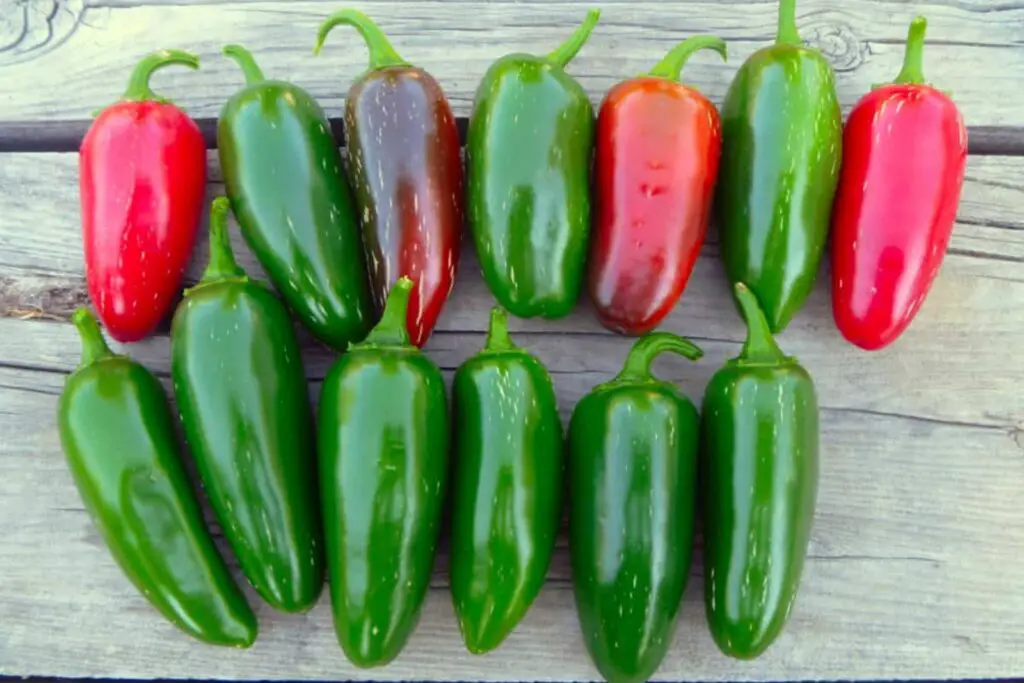
Chili, a beloved and satisfying dish, is a staple in many kitchens. Its rich flavors and comforting warmth make it a popular choice for gatherings or cozy nights at home. However, there are times when you may find yourself with more chili than you can consume in one sitting. Freezing chili allows you to extend its shelf life while preserving its delicious taste and texture. In this guide, we will explore the steps and tips for freezing chili, ensuring that you can enjoy this flavorful dish whenever the craving strikes.
Here are the simple steps to freeze chili:
Step 1: Cool the Chili
Properly cooling your chili before freezing is an essential step to maintain its quality and taste. Here’s why it’s crucial to let your chili cool down completely before placing it in the freezer:
When chili is hot, it releases steam, and if you seal the container too soon, the trapped steam can lead to condensation inside the container. This condensation can contribute to the formation of ice crystals, which can negatively impact the texture and flavor of the chili when thawed later on.
Allowing the chili to cool down on a heat-resistant surface, such as a countertop or trivet, gives it the opportunity to reach room temperature. Cooling at room temperature helps to minimize condensation and excess moisture within the chili.
By cooling the chili thoroughly, you ensure that it enters the freezing process in its best possible state. It also reduces the chances of freezer burn, a condition where the food becomes dehydrated due to exposure to air, resulting in a loss of flavor and texture.
To cool your chili efficiently, transfer it from the stovetop or slow cooker to a separate container if necessary. This helps to dissipate heat more quickly and evenly. Avoid placing the hot pot directly into the freezer as it can raise the temperature inside and affect the surrounding frozen foods.
By taking the time to cool your chili properly, you’ll be setting the stage for a delicious and satisfying meal when you decide to thaw and reheat it. So, exercise patience and allow your chili to cool completely before moving on to the next steps of the freezing process.
Step 2: Choose Suitable Containers
Choosing the appropriate containers for freezing your chili is crucial to ensure its quality and longevity. Here’s why selecting the right containers is essential:
- Airtight Protection: Freezer containers should have airtight seals to prevent air from entering and moisture from escaping. This helps to maintain the freshness, flavor, and texture of your chili while preventing freezer burn. Freezer burn occurs when food is exposed to air, causing it to become dehydrated and resulting in a loss of taste and quality.
- Freezer-Safe Materials: Ensure that the containers you choose are specifically designed for freezing purposes and can withstand low temperatures without cracking or breaking. Look for containers made of materials such as plastic (BPA-free), glass, or aluminum foil. These materials are durable and can effectively withstand freezing temperatures.
- Size and Portion Control: Consider the size of the containers based on your portion needs. It’s advisable to freeze chili in individual or family-sized portions to allow for easier thawing and minimize waste. Smaller portions also provide flexibility in using only what you need, leaving the rest frozen for later use.
- Stackable and Space-Efficient: Opt for containers that are stackable and can be easily organized in your freezer. This feature helps maximize the available space and allows for better air circulation, ensuring consistent freezing and even distribution of cold temperatures.
- Freezer-Safe Bags: If you prefer using bags instead of rigid containers, choose high-quality freezer-safe bags made of thick, durable materials. These bags should have strong seals to prevent leaks and be specifically designed for freezer use. Freezer bags are particularly useful for portioning chili as they can be laid flat, taking up less space in the freezer and allowing for quicker thawing.
Remember to check the packaging or product labels to ensure that the containers or bags you choose are indeed suitable for freezing. Investing in appropriate freezer containers will help preserve the quality and taste of your chili, ensuring a satisfying experience when you decide to enjoy it in the future.
Step 3: Portion the Chili
Dividing your chili into individual or family-sized portions before freezing offers several advantages. Here’s why portioning your chili is beneficial and why freezer-safe bags can be a convenient option:
- Easy Thawing: Freezing chili in smaller portions allows for quicker and more efficient thawing when you’re ready to enjoy it. Instead of thawing a large container of chili, you can simply defrost the portion you need, saving time and ensuring that the rest of the chili remains frozen for later use.
- Reduced Waste: Portioning your chili helps prevent unnecessary waste. By freezing only what you can consume in one serving or for your family size, you minimize the chances of leftovers going unused or spoiling. This way, you can enjoy fresh-tasting chili each time you thaw a portion.
- Flexibility in Usage: Smaller portions offer flexibility in using the chili based on your specific needs. Whether you want to enjoy a quick lunch, have a hearty dinner, or even use the chili as a topping or ingredient in other dishes, portioned chili allows you to conveniently customize your meals without thawing more than necessary.
- Freezer-Safe Bags: Freezer-safe bags are a popular option for portioning chili due to their flexibility and space-saving advantages. Once the chili has cooled down, spoon or pour the desired amount into a freezer-safe bag, leaving enough headspace for expansion during freezing. Seal the bag securely, removing as much air as possible to minimize the risk of freezer burn.
- Flat Laying Option: Freezer-safe bags can be laid flat, which not only saves space but also enables quicker thawing. Flat bags can be stacked on top of each other, maximizing the available freezer space and allowing for better air circulation around the chili.
By portioning your chili before freezing, you optimize convenience, reduce waste, and have greater flexibility in utilizing your frozen chili. So, consider portioning your chili into individual or family-sized servings and take advantage of freezer-safe bags for a hassle-free freezing experience.
Step 4: Label and Date
Labeling and dating your containers of frozen chili is an essential step to maintain organization, prevent confusion, and keep track of the freshness of your chili. Here’s why it’s important to label and date your containers:
- Easy Identification: By labeling each container with the contents, you can easily identify the chili without having to open and inspect every container. This is especially helpful when you have a variety of frozen foods in your freezer. Clear labeling allows you to quickly locate the chili when you’re ready to thaw and enjoy it.
- Preventing Confusion: Labeling your containers helps prevent confusion with other frozen dishes or ingredients. Sometimes, frozen foods can look similar, especially when stored in identical containers. By clearly marking your chili containers, you eliminate the risk of mistaking it for something else and avoid surprises when defrosting.
- Freshness Tracking: Adding the date of freezing on the label allows you to keep track of the chili’s freshness. This information helps you prioritize the use of the oldest containers first, ensuring that none of your chili goes past its prime. By following the “first in, first out” principle, you can maintain the best quality and flavor of your frozen chili.
- Use Appropriate Labels: When labeling your containers, use a permanent marker or freezer labels specifically designed for freezer use. Regular markers may smudge or fade due to the cold temperatures and moisture in the freezer. Freezer labels are designed to withstand freezing conditions, ensuring that the information remains legible over an extended period.
- Moisture Resistance: Make sure the labels you choose are moisture-resistant. The freezer environment can be damp, and condensation may occur on the containers. Using labels that are resistant to moisture prevents them from becoming illegible or falling off due to dampness.
By labeling and dating your containers of frozen chili, you can maintain organization, avoid confusion, and easily monitor the freshness of your chili. Taking this extra step ensures a hassle-free experience when retrieving and consuming your delicious homemade chili in the future.
Step 5: Remove Air and Seal
When freezing chili, removing air from the packaging is crucial for maintaining its quality and preventing freezer burn. Here’s why removing air and sealing containers or bags tightly is essential:
- Prevent Freezer Burn: Freezer burn occurs when food is exposed to air in the freezer. It can lead to dehydration and a deterioration in flavor, texture, and overall quality. By removing as much air as possible from freezer-safe bags, you minimize the chances of freezer burn affecting your chili. A tight seal is key to preserving the freshness and taste of the chili during freezing.
- Prolonged Quality: By removing air, you create a more favorable environment for freezing. Air contains moisture, and when it comes into contact with the chili, it can lead to ice crystal formation and affect the texture. By minimizing air exposure, you help maintain the integrity of the chili and its flavors.
- Freezer-Safe Bags: If you’re using freezer-safe bags, gently squeeze out excess air before sealing. Start from the bottom of the bag and gradually work your way up, ensuring a tight seal. This process helps minimize air pockets within the bag, providing better protection against freezer burn.
- Containers: If you’re using containers, leave some headspace at the top to allow for expansion during freezing. Liquids, such as chili, expand as they freeze, and leaving adequate room prevents containers from cracking or bursting. Once filled, seal the containers tightly to maintain an airtight environment.
- Airtight Environment: Whether you’re using bags or containers, a proper seal is crucial to creating an airtight environment. This seal helps prevent air from entering and moisture from escaping, preserving the quality of the chili and preventing freezer burn.
By removing air and sealing containers or bags tightly, you minimize the risk of freezer burn and maintain the quality of your chili during freezing. This step ensures that your chili retains its flavors and textures, resulting in a delicious meal when you decide to thaw and enjoy it later.
Step 6: Freeze and Store in the Freezer
Properly freezing and storing your chili is vital to maintain its quality and extend its shelf life. Follow these guidelines for optimal freezing and storage:
- Placement in Freezer: Position the containers of chili in the coldest part of your freezer, typically the back or bottom shelves. These areas generally experience the most consistent cold temperatures. Placing the chili in the coldest part ensures that it freezes quickly and remains at a stable temperature throughout storage.
- Temperature Maintenance: It’s essential to maintain a freezer temperature of 0°F (-18°C) or below to ensure the longevity of the chili. A consistent freezing temperature prevents the growth of harmful bacteria and helps preserve the flavor and texture of the chili. Use a freezer thermometer to monitor the temperature regularly and adjust if necessary.
- Quick-Freeze Setting: If your freezer has a quick-freeze setting, utilize it to expedite the freezing process. The quick-freeze setting lowers the temperature in the freezer temporarily, allowing the chili to freeze faster. This feature helps maintain the quality of the chili by minimizing the formation of large ice crystals and preserving the flavors and textures.
- Proper Air Circulation: Avoid overcrowding the freezer to promote proper air circulation. Adequate air circulation helps maintain a uniform temperature and ensures that the chili freezes evenly. Overcrowding can hinder the freezing process and lead to uneven freezing, potentially affecting the quality of the chili.
- Storage Duration: While frozen chili can be stored for an extended period, it’s best to consume it within 3 to 6 months for optimal quality. Over time, frozen foods may experience flavor and texture changes, so it’s advisable to enjoy your chili within a reasonable timeframe. Proper labeling with the date of freezing assists in keeping track of storage duration.
Remember to handle the containers with care when placing them in the freezer to avoid any spills or leaks. Place the containers in an organized manner to maximize space and facilitate easy retrieval when needed.
Step 7: Thaw and Reheat the Chili
Thawing and reheating your frozen chili properly ensures that it retains its flavors and textures. Here’s how to thaw and reheat your chili:
- Thawing in the Refrigerator: When you’re ready to enjoy your chili, remove the desired portion from the freezer and transfer it to the refrigerator. Thawing chili slowly in the refrigerator is the safest method, as it allows for gradual thawing while keeping the chili at a safe temperature. Place the container on a plate or in a bowl to catch any potential drips as it thaws.
- Overnight Thawing: Thaw the chili overnight or for several hours, depending on the portion size and thickness of the chili. Larger portions may take longer to thaw completely. By allowing the chili to thaw slowly in the refrigerator, you minimize the risk of bacterial growth and maintain the quality of the dish.
- Reheating on the Stovetop or in the Microwave: Once the chili is fully thawed, you can reheat it on the stovetop or in the microwave. If using the stovetop, transfer the thawed chili to a saucepan or pot and heat over medium heat. Stir occasionally to ensure even heating and prevent sticking. If using the microwave, place the chili in a microwave-safe dish, cover it with a microwave-safe lid or microwave-safe wrap, and heat in intervals, stirring in between, until it reaches the desired temperature. Be cautious not to overheat the chili, as it can become too hot and lose its texture.
- Stirring for Even Heating: While reheating, stir the chili occasionally to distribute the heat evenly. This helps ensure that all parts of the chili are heated thoroughly and prevents any cold spots. Stirring also helps to maintain the consistency of the chili.
- Seasonings and Toppings: If desired, you can add additional seasonings or toppings to enhance the flavor of your reheated chili. Common toppings include grated cheese, sour cream, chopped onions, or fresh herbs. Customize the chili to your preference and enjoy it with your favorite accompaniments.
Proper thawing and reheating, you can enjoy your homemade chili once again with its delicious flavors and textures. Take the time to thaw the chili properly and heat it evenly to savor every spoonful of this comforting dish.
Other related questions
Can you refreeze chili?
It is generally safe to refreeze chili if it has been thawed and handled properly. However, it is recommended to avoid repeated thawing and refreezing as it can affect the quality and taste of the chili. It is best to portion the chili before freezing to only thaw and use the needed amount, minimizing the need for refreezing.
How do I know if the chili has gone bad after being frozen?
To determine if frozen chili has gone bad, several factors should be considered. Check for any signs of freezer burn, such as discoloration or dehydration of the chili. Additionally, a noticeable change in smell, texture, or taste may indicate spoilage. If in doubt, it is advisable to discard the chili to avoid any potential health risks.
Can I add additional ingredients or toppings to frozen chili before reheating?
It is possible to add additional ingredients or toppings to frozen chili before reheating, depending on personal preference and the nature of the ingredients. However, it is important to consider the impact on texture and flavor. Adding ingredients like fresh herbs, grated cheese, or chopped onions can enhance the taste, while adding sour cream or avocado as toppings can provide a creamy element. Exercise caution with ingredients that may not withstand the freezing and reheating process well, as they could affect the overall quality of the chili.
Is it safe to freeze chili with beans?
It is generally safe to freeze chili with beans. Beans can withstand the freezing process without significant changes in texture or taste. However, it’s important to properly cook the beans before incorporating them into the chili, as undercooked beans may not freeze well. Ensure that the chili is stored in airtight containers or freezer-safe bags to maintain its quality during freezing.
Can I freeze chili that contains meat?
Yes, it is safe to freeze chili that contains meat. Freezing helps preserve the meat and prevents bacterial growth. However, it is essential to ensure that the meat in the chili is cooked thoroughly before freezing, as partially cooked or raw meat may not freeze well. Properly package the chili in airtight containers or freezer-safe bags to maintain its quality during freezing.
Is it safe to freeze chili that contains dairy or sour cream?
It is generally safe to freeze chili that contains dairy or sour cream, but it may affect the texture and consistency of the dairy component. Freezing can cause separation or curdling of dairy products, resulting in a change in texture. Consider adding dairy or sour cream as a topping or garnish after reheating the frozen chili to maintain its desired creamy texture.
Can I freeze chili that has been spiced or seasoned?
Yes, it is perfectly fine to freeze chili that has been spiced or seasoned. In fact, freezing can help the flavors of the spices and seasonings meld together over time, enhancing the overall taste of the chili. However, keep in mind that some spices and seasonings may intensify during freezing, so it’s advisable to slightly under-season the chili before freezing to account for potential flavor concentration.








